Sailing is a bliss. Always. That moment when the engine is finally turned off, the sail is hoisted and the first puff makes the boat heel and jump forward: A priceless moment! Being propelled by the soundless motion of the wind, against pounding waves and the mighty currents of the seas excites me anytime again. For me this is the most beautiful way of getting forward – a fascination with the seas and ships that is so inseparable from being human like the love we have for dogs.
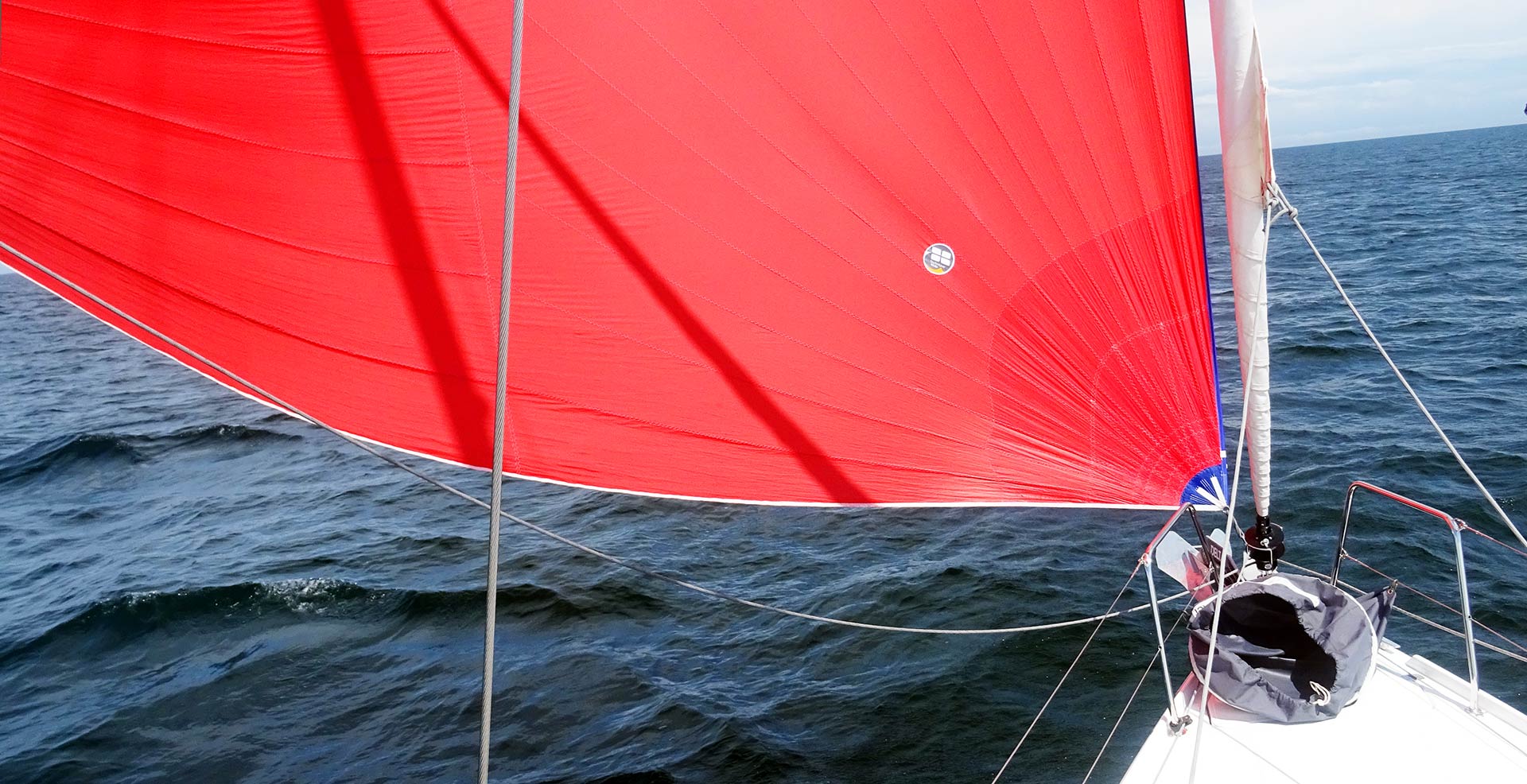
Even more when sailing steps up a notch and the white canvas is put down, substituted by the graceful beauty of a large Gennaker. Sailing with a Gennaker in light to medium winds seems to open a valve and letting free an extra flow of Endorphines: Gennaker sailing makes happy. I´ve tested it multiple times during my “Sweden Sailing”-experience where I was transferring the prototype of the then new Beneteau Oceanis 30.1 from Germany to Stockholm. I must admit that I had very little experience in sailing with an asymmetric Spinnaker, last time was 2 years ago when I was part of a Pogo 40-crew. This time as skipper I was in charge and full control – and besides Gennaker-sailing is regarded being tricky, I did make a very different own experience.
Setup for the Asymmetric Spinnaker
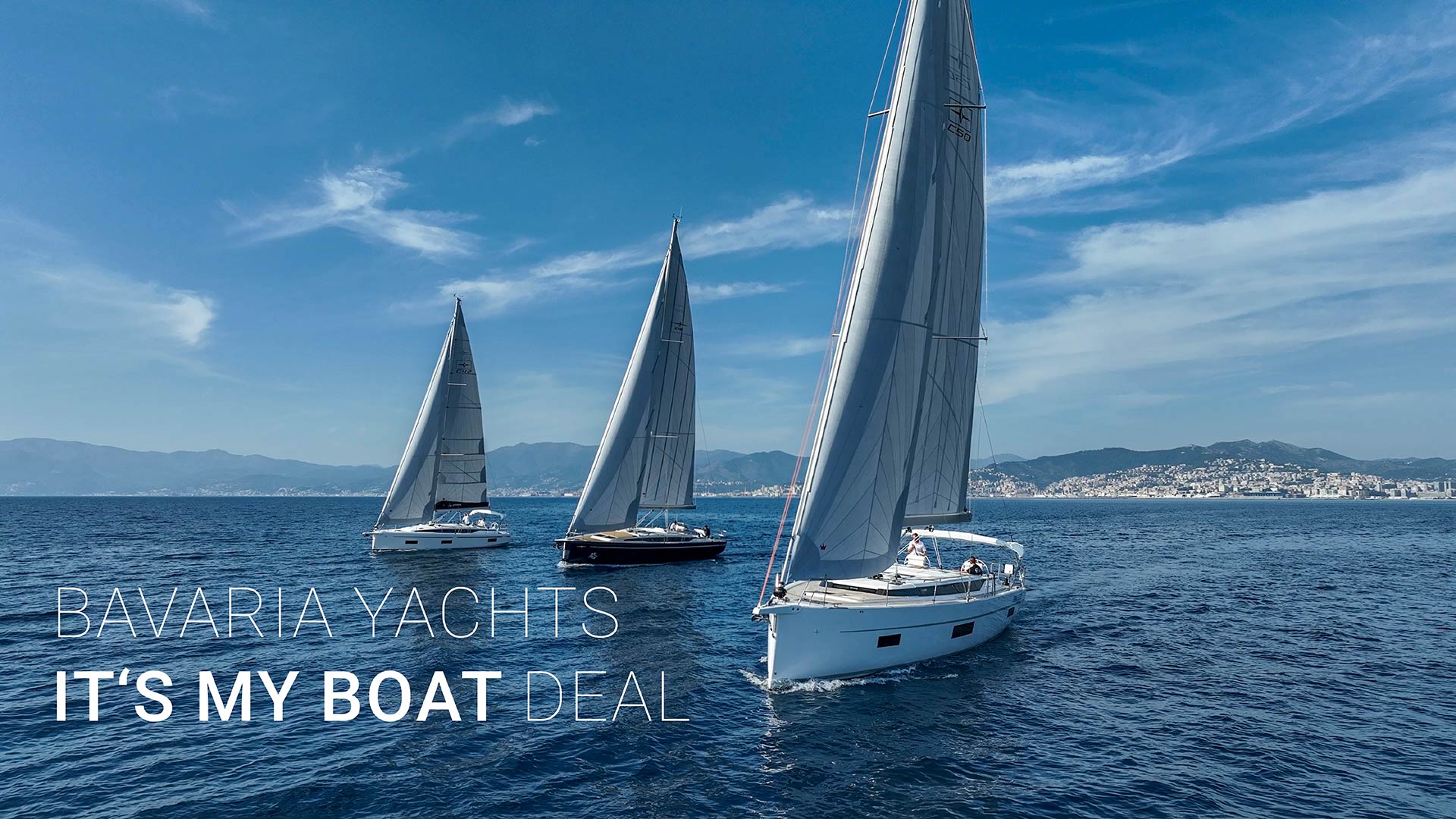
At first our equipment on the boat was fairly simple: The Gennaker provided by the yard came wildly packed in a large sack. It wasn´t an AsySpi with a fancy sleeve that would from my point of view only justified with a bigger boat thus with a bigger sail. On the comparatively small Oceanis 30.1 with a boat length of under 10 metres it did just fine wthout.
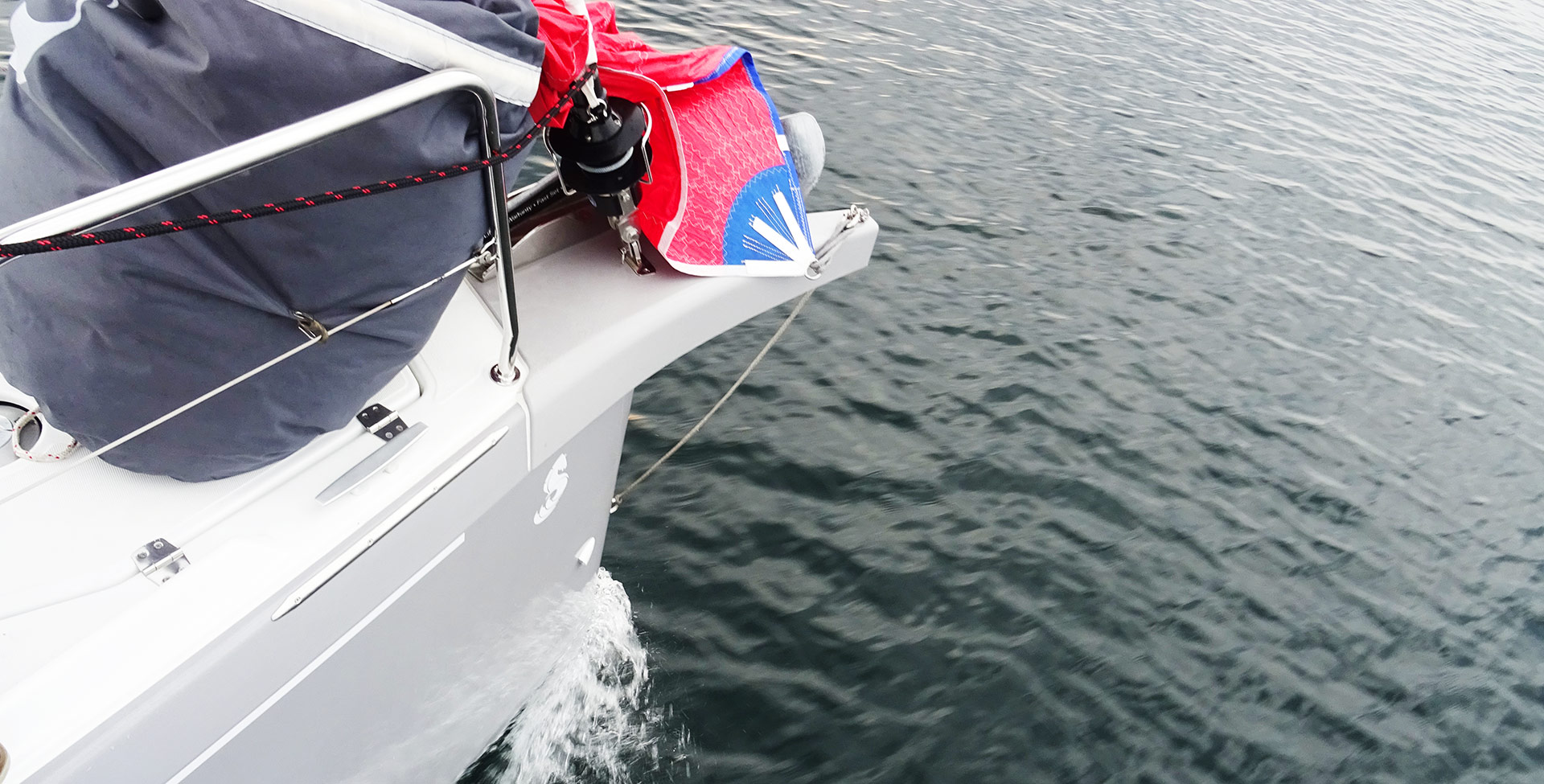
My sailing mate Martin acted as deckhand and fitted the sail to the sheeting points: Sheets fitted to the clew, a block to the cleat and to the nice grey integrated bowsprit of the Oceanis and the halyard. Whilst sailing it was a bit tricky to wedge oneself between the pulpit and the forestay, subject to lots of spray water and sometimes violent rocking of the boat, so safety was a concern of mine and Martin had to hold tight for sure.
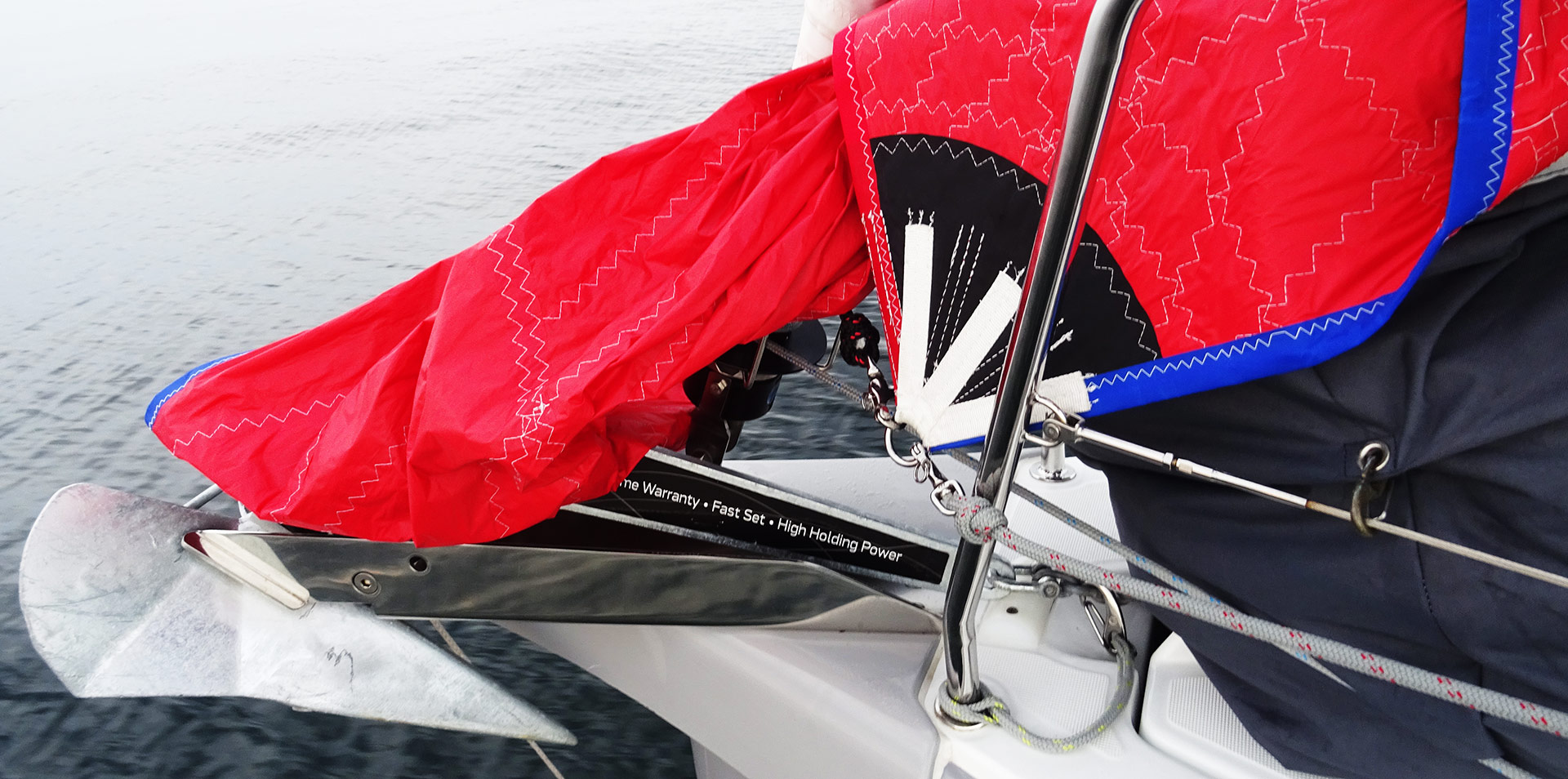
The trick was to have the sail whilst taking it down stuffed to the sail bag in a way that the luff didn´t get twisted. Of the approximately 10 to 15 times I pulled up the Gennaker we had this issue 3 or 4 times. Lucky as we were, the 70 square metres of the Oceanis´s Gennaker hadn´t been exerting a force too strong to bear so in that case Martin had to hold on to the sail that was half way up and filling with wind but half way down at the same time. I then always jumped to his rescue, unfitted the sheets so that we could get out the twist and then put everything together. Nevertheless: Packing the sail when taking it down with some mindfulness could prevent this from happen and so I was even more happy when I could set the Gennaker the next time just nicely without any problems.
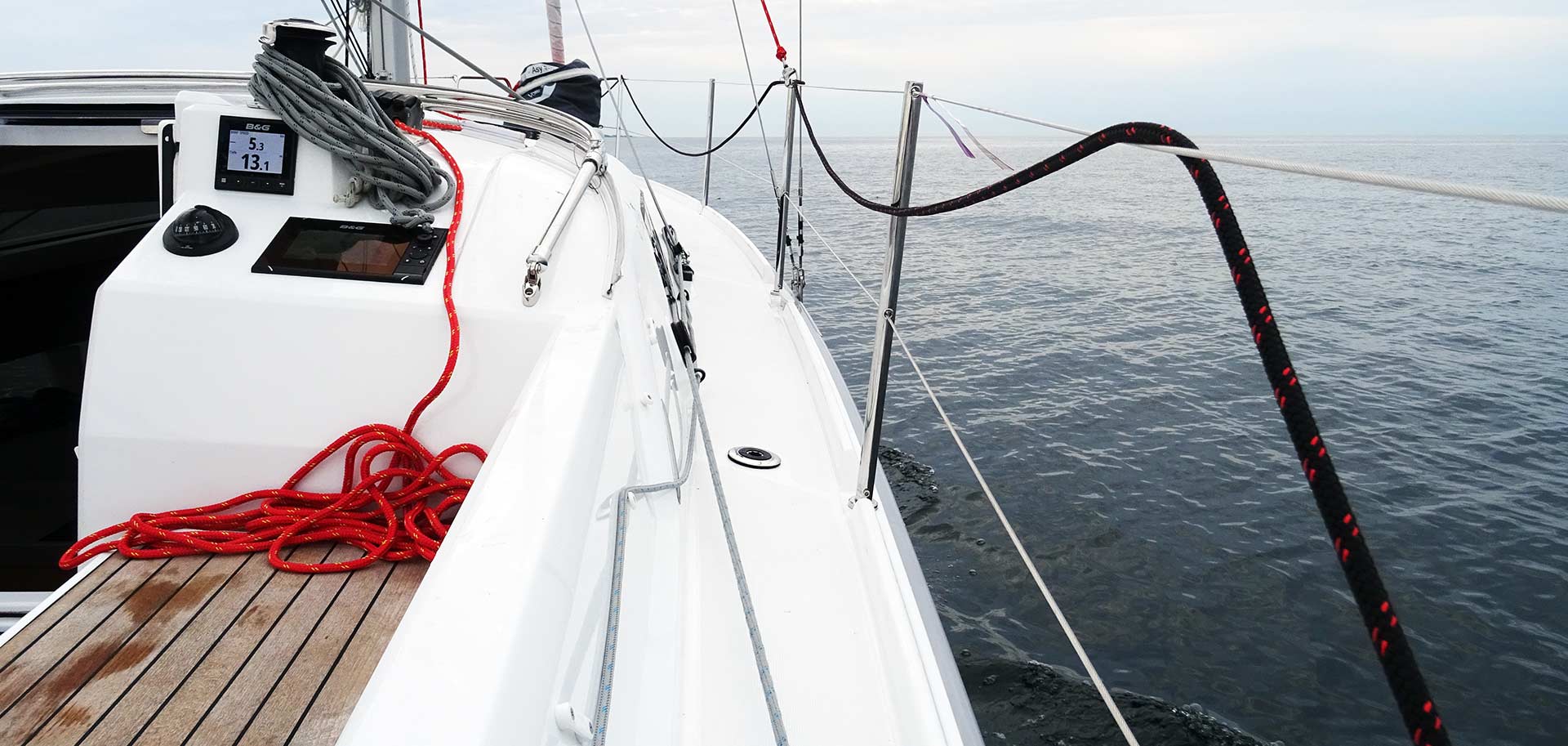
Even when we had the Gennaker down we had the sails back remaining on the fore deck of the yacht. We would let it fitted to the bowsprit and have the sheets running abaft all the way, everything secured by lines to the pulpit and ready to go up at a minute´s notice.
Big fun and fast sailing in light winds: Gennaker-time!
Did I mention how rewarding, yes, how satisfying sailing under Gennaker is? I recon that has to do with an otherwise full depression of the sailor who wouldn´t be able to move at certain speeds in light winds. So when I recognized that wind was down under 15 knots – preferably 10 to 12 knots – and we were on a reaching point of sail, I had the Gennaker hoisted.
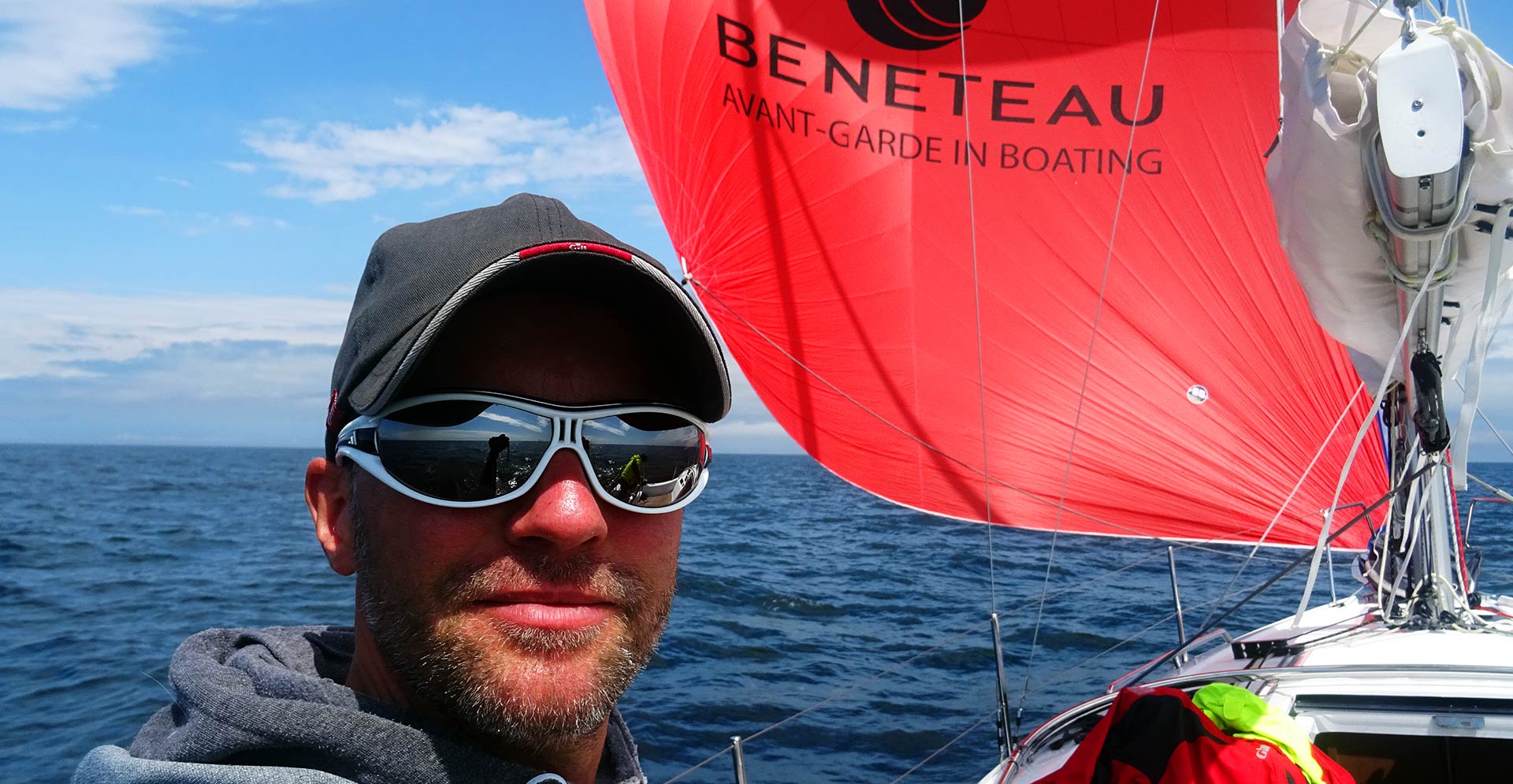
The system is as simple: The leeward sheet is loosely put to the winch. The sheets for the Gennaker must be run through a block that is fitted sternward behind the Genoa winch. As the Gennaker is a form of reaching sail and is wide overlapping we will need this long sheet for sure to be flexible on the point of sails. When I sailed with Gennaker for the first time we learned that you constantly trim the sail and do not have it put on the winch. I´ve made a totally different experience on the Oceanis 30.1 in this matter: I never sailed the Gennaker “from the hand” but had it on the winch the whole time.
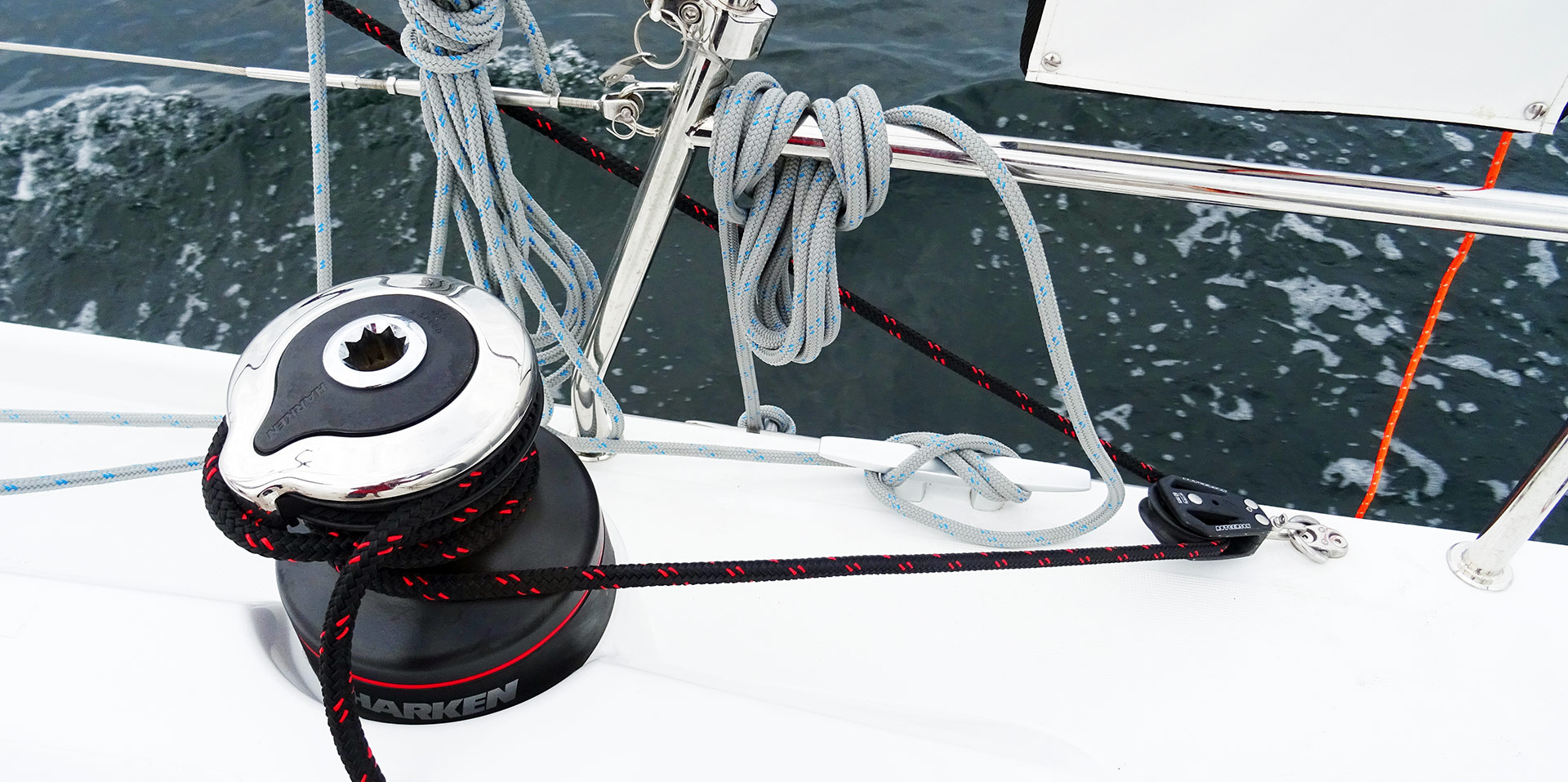
The boat was sailing very stable and very constant under Gennaker. We had the AsySpi hoisted both with mainsail up (from approximately 80 degrees wind angle) up to an almost running point of sail with wind coming in from dead astern with solely Gennaker up. For each point of sail in between these two there wasn´t any need to have the Gennaker trimmed – I had it on the winch and maybe eased or hauled the sheet at some point, but never constantly. Very relaxing sailing though!
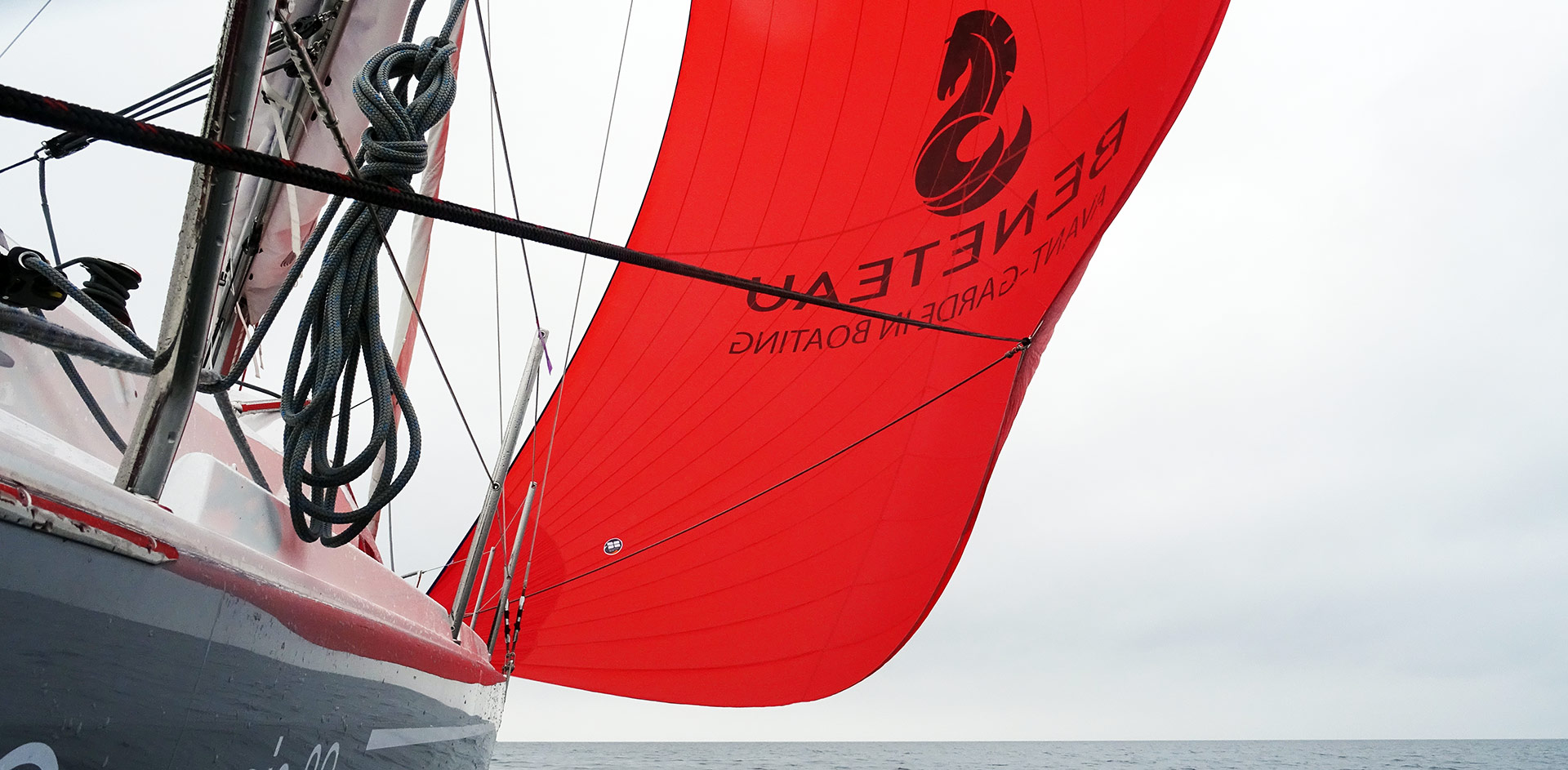
And fast we were indeed! With TWS around 10 knots and going slightly upwind the boat made a nice 6 knot pace (on our Triton display “Boatspeed” was indeed “SOG”, s don´t be fooled by the pictures shown here). When I was having the Gennaker up sailing from Simrishamn/Sweden to Kalskrona I had the mainsail down and wind coming from almost a running point of sail-sitiuation, TWS was 15 to 19 knots true and the boat was dashing with breathtaking 7.1 to 7.6 knots SOG! Remember, we are talking about a sub 10-metres cruiser with a theoretical hull speed of 7.1 knots.
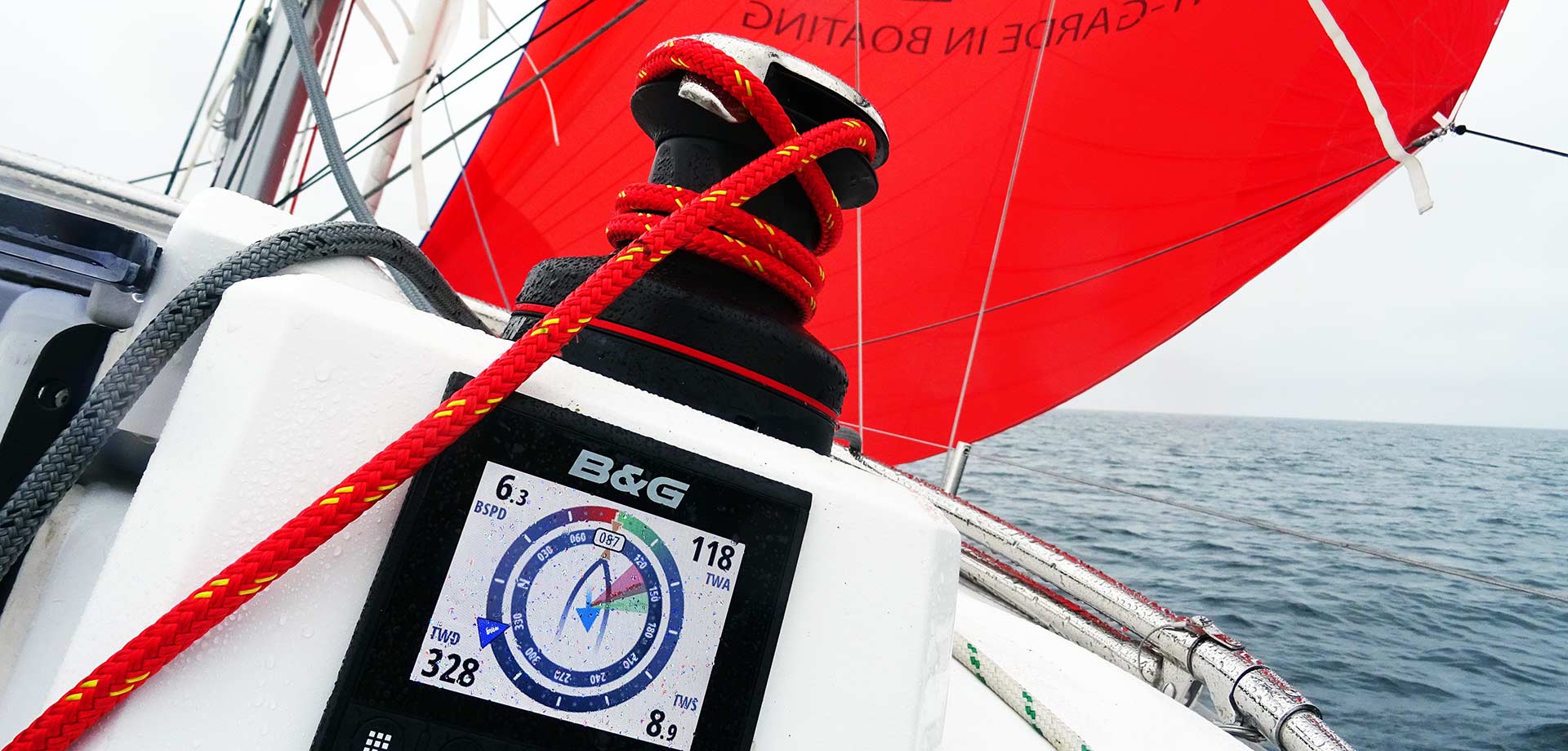
So in the end I must say: Never again without a light wind sail! Sailing with an asymmetrical Spinnaker is not only great fun but also boosts you confidence, is a fascinating sight to be standing under those big huge spherical sails and see the boat running like hell in light winds. It´s rewarding and exciting to have high speeds in the boat in conditions when ordinary sails wouldn´t squeeze at least the half out of the available wind energy. And the best thing is: Gennaker sailing is as easy as ABC!
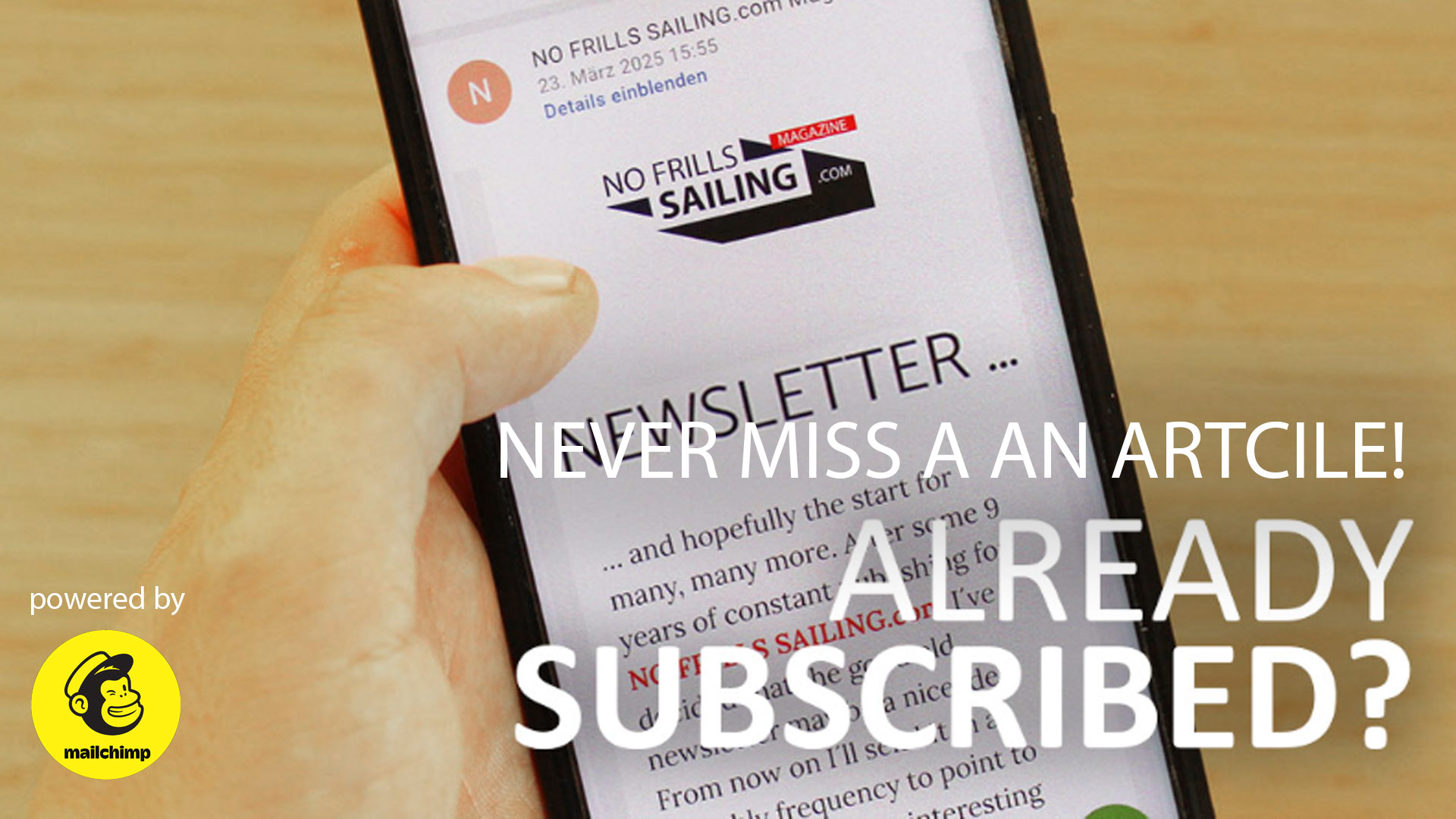
Sources of errors
Which does not mean that one cannot make mistakes here. As I was mentioning earlier, clue to a hustle-free sailing experience is the quality and effort that goes into packing the sail into the bag. So it´s not just taking it down and have it stuffed to the sack no matter how but you´ll need somebody on the fore deck who can anticipate how the sail goes up in the end so that he can pack it into the sails bag accordingly.
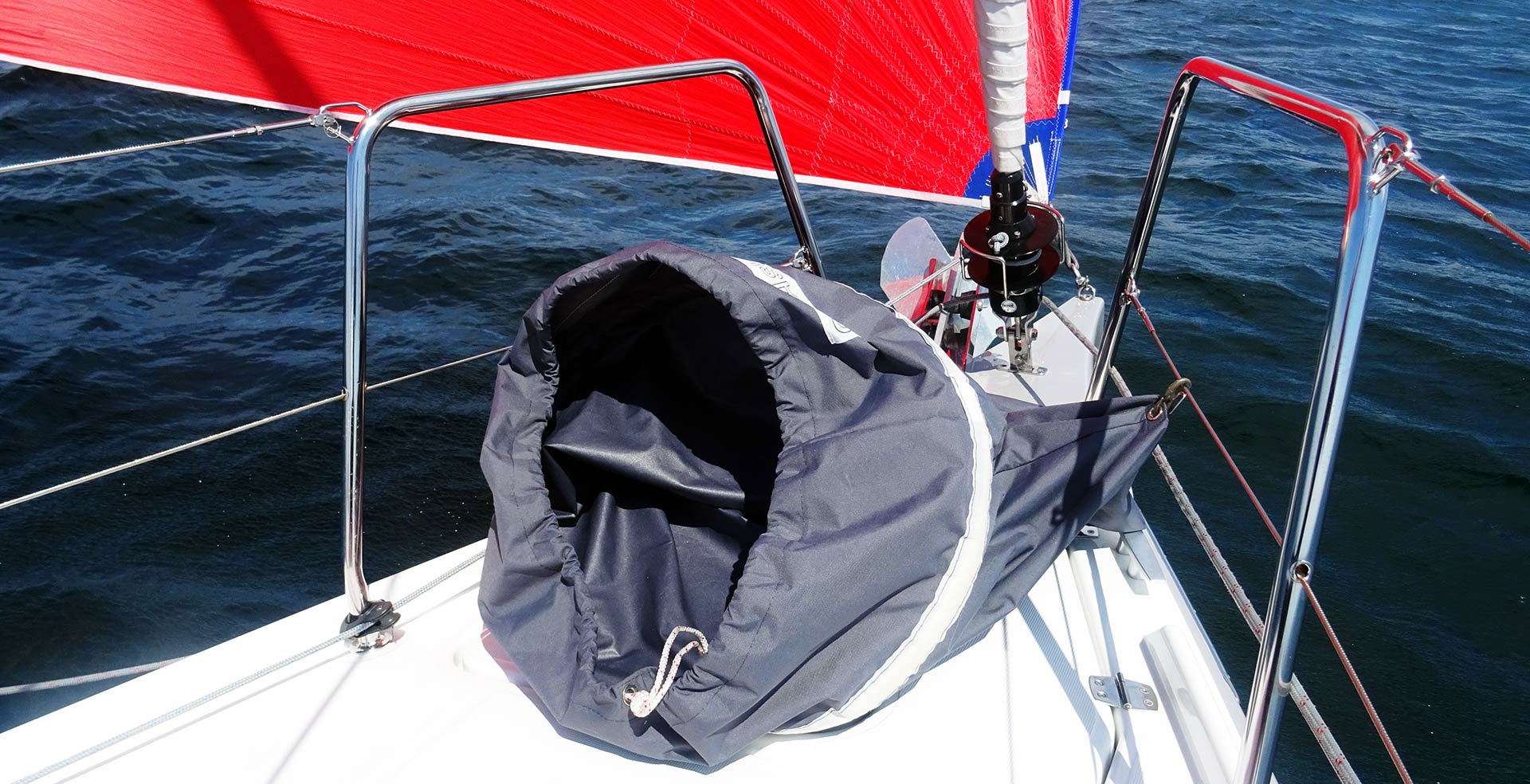
A second source of confusion can be the halyard: When taking it back to fit it to the sails head one should double check if the halyard runs down freely and that it doesn´t interfere with the forestay or other running rigging of the boat. Worst that can happen is the Gennaker up and stuck halfway with wind filling parts of the sail and violently ripping on the thin canvas. You don´t want to destroy such a precious and not inexpensive piece of equipment.
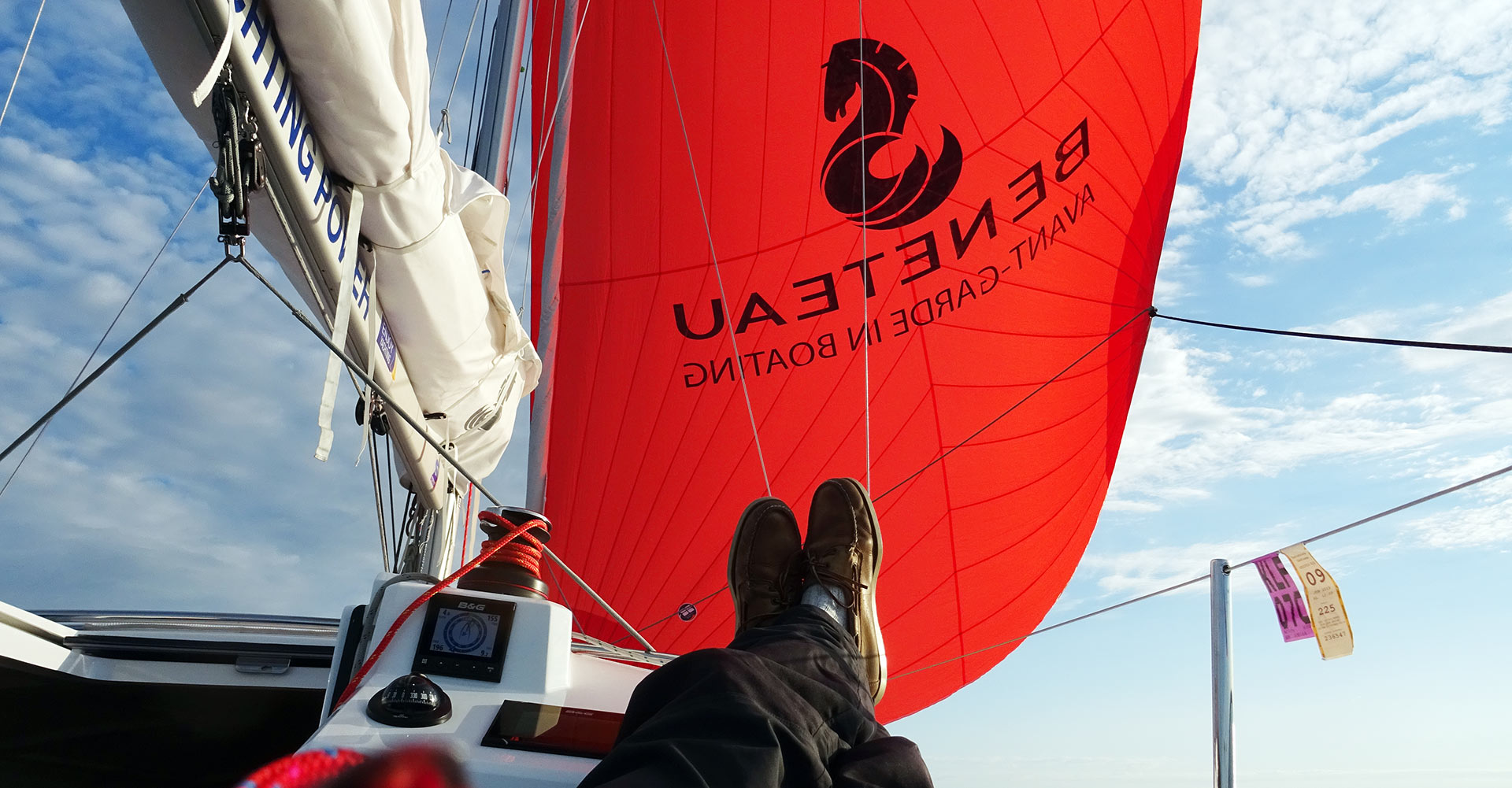
But if you care and have a great crew, sailing with a Gennaker is most exciting. Lay down, have the auto pilot do the job, up your feet and relax: Looking up to the colorful big sail flying your favorite colors and pulling the boat through the water. I seldom had a better time sailing the boat than when we had the Genny up and running.
You may also be interested in reading these articles:
Gennaker sailing the Pogo 40
Foul weather sailing skills & tactics
4 essential sailing manoeuvres


